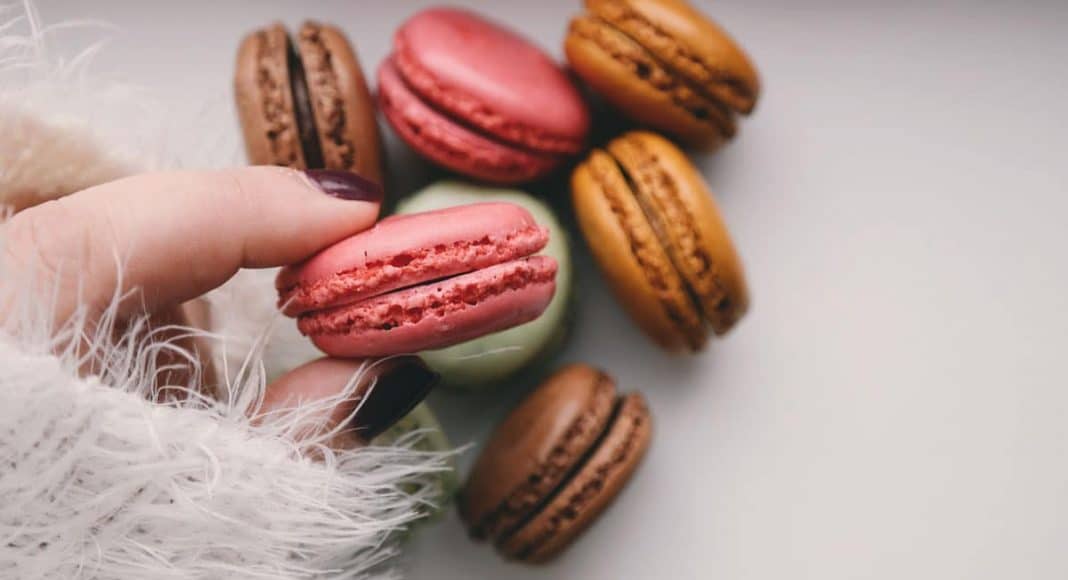You might be seeing marijuana edibles at big-time gourmet food shows in the not so distant future. As more states legalize recreational weed, companies are getting competitive, creating all sorts of infused food and drink.
This past November, the Specialty Food Association (SPA) ranked cannabis number eight in their list of the top 10 food trends of 2018. If that’s not a gold star, nothing is.
The SPA’s Trendspotter Panel wrote: “Look out for continued interest and acceptance in a host of snacks, treats and beverages with a little something extra.”
-
Related Story: Are Marijuana Edibles Better For Your Brain Than Smoking?
As The Fresh Toast reported earlier this month, consumers are starting to make the switch from smoking to eating marijuana. And that for some, edibles are “simply less of a hassle and a more discreet option.” There’s also a growing number of cannabis enthusiasts who prefer edibles because it’s perceived to be healthier.
GreenState spoke to Kara Nielsen, vice president of trends and marketing at CCD Innovation, a food and beverage development agency out of California. She says they’re continuing to see the surge of cannabis support from the food industry. In fact, she predicts the edibles market will see the same kind of rise as natural products did back in the day.
-
Related Story: Educating The Public About Marijuana Edible Consumption
“We’re continuing to see the surge,” said Kara Nielsen, vice president of trends and marketing at CCD Innovation, an Emeryville food and beverage development agency.
She calls these artisan products “very hipster: posh, beautifully designed, all targeting a certain user.”
“It’s the same trend I’ve been talking about since 2014: more artisanship, attention to packaging and graphics, branding, flavor profiles, craftsmanship, quality ingredients and buzzy products like cold-brewed coffee, hand-made chocolates and marshmallows,” she told GreenState.
-
Related Story: 8 Things You Need To Know About Eating Marijuana Edibles
She says low-dose edibles are a great opportunity for the cannabis industry because they can be marketed to different users ranging from the canna-curious to young people who will grow up without the stigma-surrounded marijuana. As a hedonist of food and wine, Nielsen considers herself to be on the curious side, and a potential customer.
“I’m over 50,” she said. “If you can put something that seems like medicine or is going to make me happy in a really nice piece of chocolate, I get double benefits: a lovely piece of chocolate and a lingering high. It’s just a safer route.”


